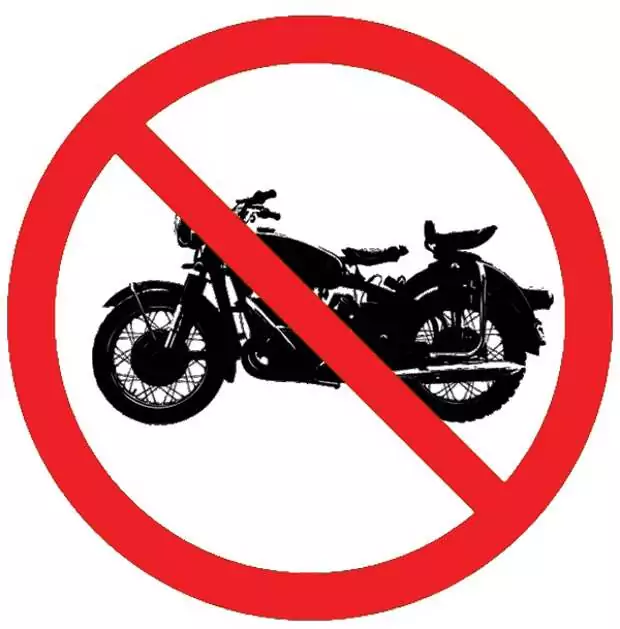
3 tips for a good motorcycle start
Content
Turn on motorcycles is not self-evident and may even be frightening at first. Thus, the goal is to make the turn optimally without losing too much speed. To do this, several factors must be taken into account.
Tip # 1: optimal riding position
The first factor is driver position... The position of the pilot and, in particular, of the knees, which is often repeated during motorcycle licensing, is essential for the trajectory along which the motorcycle will move and for its stability.
Legs in axle, wide part on motorcycle toes
Your feet must be correctly placed on the footrests, i.e. the widest part of the foot that should be in contact with the toe clip... They should be well positioned along the axis of the machine (over the duck feet or on tiptoe), because it is your feet that will give the angle that you need to turn. Keep your legs as close to the bike as possible to help tighten your knees.
On a motorcycle, your knees tense
We arrive there on a motorcycle, the knees of the car must be tightened. These are the ones that allow you to control your motorcycle, in particular, by feeling its balance (the more you touch the motorcycle, the better your feel), as well as adjusting the tilt of the motorcycle towards the desired trajectory. ...
Hands on the wheel
Unlike the knees, the hands are less important. However, your hands, and especially your hands, will allow you to move the steering wheel to the side where you want to turn. This effect will tilt the motorcycle into путь hotel.
In no case should the upper body be tense, but rather be as flexible as possible.
Upper body position during rotation
The position of your body and the motorcycle when cornering will be natural for you. Although there are many, the most natural position is in which the rider is in harmony with the motorcycle: rider and motorcycle bend over inside the bend.
Still, let's talk about other positions. Often online, the pilot leans more how the motorcycle sways inward of the bend.
there is also a external wiggle, that is, the motorcycle tilts more than the pilot, and the latter rises slightly when rocking.
Tip # 2: Appearance is a very important element of a motorcycle.
In addition to position, gaze is important for trajectory selection. Our brains need to have an understanding of the road and the curves in order to be able to move smoothly around the curves.
First, scan the terrain as you enter the turn to get a visual representation. Then direct your gaze to the farthest exit point, as your gaze will direct your movements.
Tip # 3. Take turns controlling your trajectory and pace.
Note that deceleration (braking and downshifting) is performed while the motorcycle is still directly in front of the bend. If you wait until you are in a corner while tilting, braking will straighten the motorcycle.
Coordination of your turn on a motorcycle: exterior, interior, exterior
- Out of turn: Approach a bend from the outside to maximize the angle of the bend. Disengage the throttle before entering a corner. NB: It is advisable to keep a light acceleration line.
- Inner pivot / chord: In the middle of the bend, sew inward to the point of the rope.
- Outside / exit point: However, to increase the steering angle, turn outside the corner by returning the throttle towards the exit point.
The goal is to keep the trajectory as straight as possible and therefore lose speed as little as possible.
